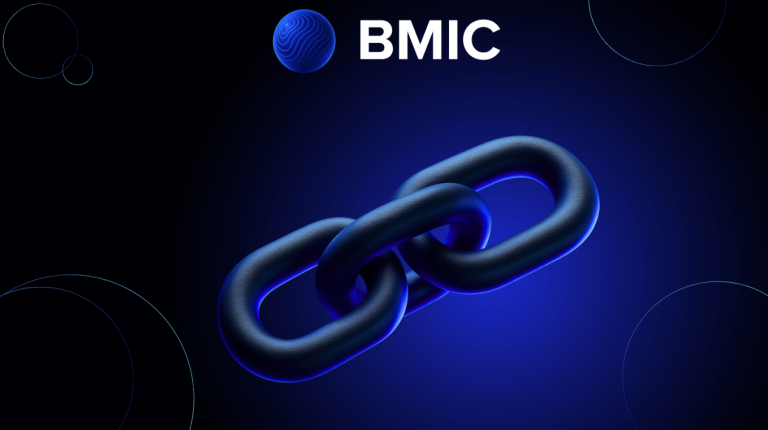
Smart Homes 2025: The Rise of AI-Driven Devices
Smart Homes 2025: The Rise of AI-Driven Devices is revolutionizing the way we live and interact with our living spaces. With the integration of Artificial Intelligence (AI) and the Internet of Things (IoT), smart homes are becoming increasingly sophisticated, automated, and efficient.
Introduction to Smart Homes
A smart home is a residence that uses advanced technology to automate and control various aspects of the living space. This includes lighting, temperature, security, entertainment, and appliances. The goal of a smart home is to create a comfortable, convenient, and energy-efficient living environment.
Smart homes use a network of devices and sensors to collect and exchange data, allowing for seamless communication and control. This network is often referred to as the Internet of Things (IoT). The IoT enables devices to communicate with each other and with the cloud, allowing for remote monitoring and control.
The Rise of AI-Driven Devices
AI-driven devices are transforming the smart home industry. These devices use machine learning algorithms to learn and adapt to the habits and preferences of the occupants. This allows for personalized automation and control, making the living experience more comfortable and convenient.
AI-driven devices can be integrated into various aspects of the smart home, including lighting, temperature, security, and entertainment. For example, an AI-powered thermostat can learn the occupant’s schedule and preferences to optimize heating and cooling. Similarly, an AI-powered security system can detect and respond to potential threats in real-time.
Benefits of Smart Homes with AI-Driven Devices
The integration of AI-driven devices in smart homes offers numerous benefits, including:
- Increased convenience and comfort
- Improved energy efficiency and cost savings
- Enhanced security and safety
- Personalized automation and control
- Seamless integration with various devices and systems
Challenges and Limitations
While smart homes with AI-driven devices offer numerous benefits, there are also challenges and limitations to consider. These include:
- High upfront costs and investment
- Complexity and technical requirements
- Concerns about data privacy and security
- Interoperability issues between devices and systems
- Dependence on internet connectivity and cloud services
Conclusion
In conclusion, Smart Homes 2025: The Rise of AI-Driven Devices is a rapidly evolving field that is transforming the way we live and interact with our living spaces. With the integration of AI and IoT, smart homes are becoming increasingly sophisticated, automated, and efficient. While there are challenges and limitations to consider, the benefits of smart homes with AI-driven devices far outweigh the costs. As technology continues to advance, we can expect to see even more innovative and exciting developments in the smart home industry.






